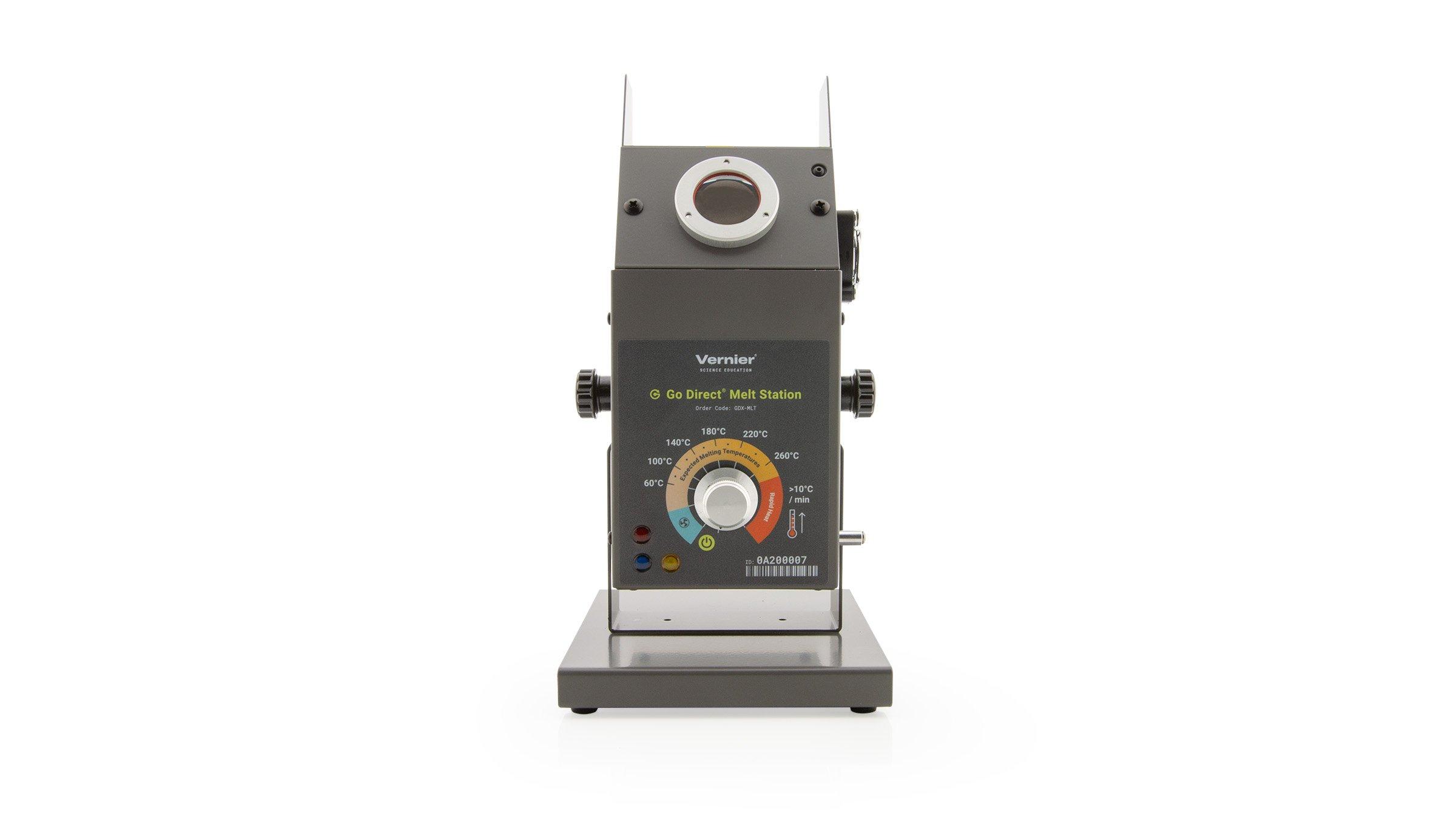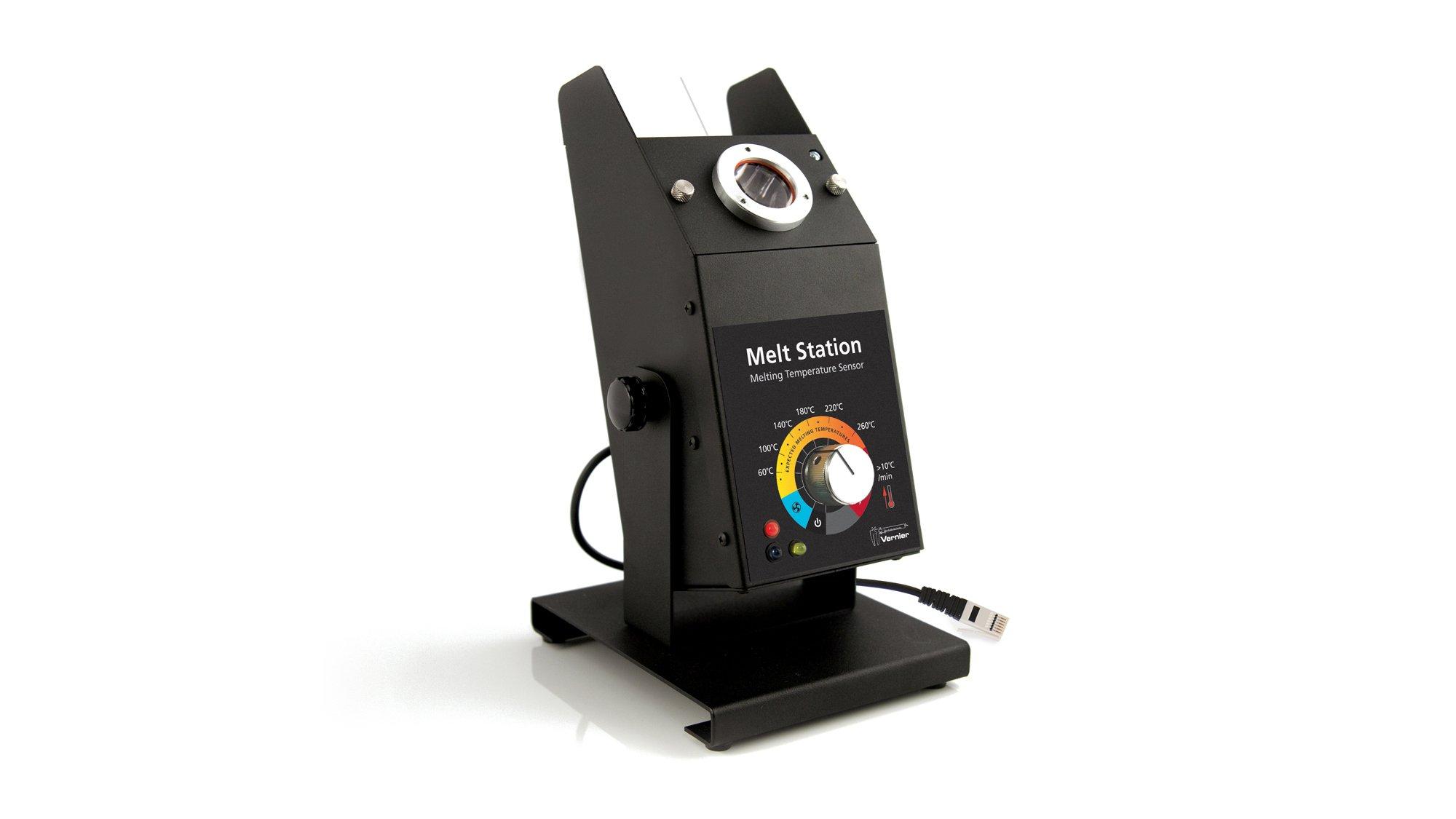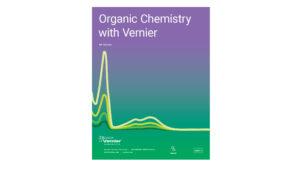Determining Melting Temperature
Experiment #1 from Organic Chemistry with Vernier
- Education Level
- College
Introduction
The melting temperature of a compound is the temperature at which it changes from a solid to a liquid. This is a physical property often used to help identify compounds or to check the purity of a compound. The melting temperature is related to the amount of kinetic energy that one adds to a solid substance to overcome the intermolecular attractions that maintain its solid state under given conditions.
It is very difficult, however, to find an exact melting point. Because it is a thermodynamic process, when a substance begins to melt, a dynamic equilibrium is established within which the substance exists in both solid and liquid form. Because the energy transferred to this system is not used entirely to convert the solid to a liquid, a single temperature value is commonly not reported, but rather a temperature range.
Thus, melting temperatures are usually reported as values with a range of 2–3°C. Melting temperature is not a unique physical property of a substance, but it does help you understand more about the substance. It can also help determine the purity of a substance that you have synthesized.
You will use a Vernier Melt Station to determine the melting temperature of a solid substance. Your sample will be one of several possible pure compounds. Your first trial will help you narrow your possibilities. On subsequent trials you will be able to accurately determine the melting temperature of your sample, thus identifying the compound.
Objectives
In this experiment, you will
- Prepare a solid substance for measuring melting temperature.
- Measure the temperature of a solid substance as it warms to melting.
- Analyze the temperature vs. time graphs to determine the rate of heating and the melting temperature of a sample of a solid organic compound.
- Identify the solid from a list of possible pure compounds.
Sensors and Equipment
This experiment features the following sensors and equipment. Additional equipment may be required.
Option 1

Option 2

Ready to Experiment?
Ask an Expert
Get answers to your questions about how to teach this experiment with our support team.
- Call toll-free: 888-837-6437
- Chat with Us
- Email support@vernier.com
Purchase the Lab Book
This experiment is #1 of Organic Chemistry with Vernier. The experiment in the book includes student instructions as well as instructor information for set up, helpful hints, and sample graphs and data.

